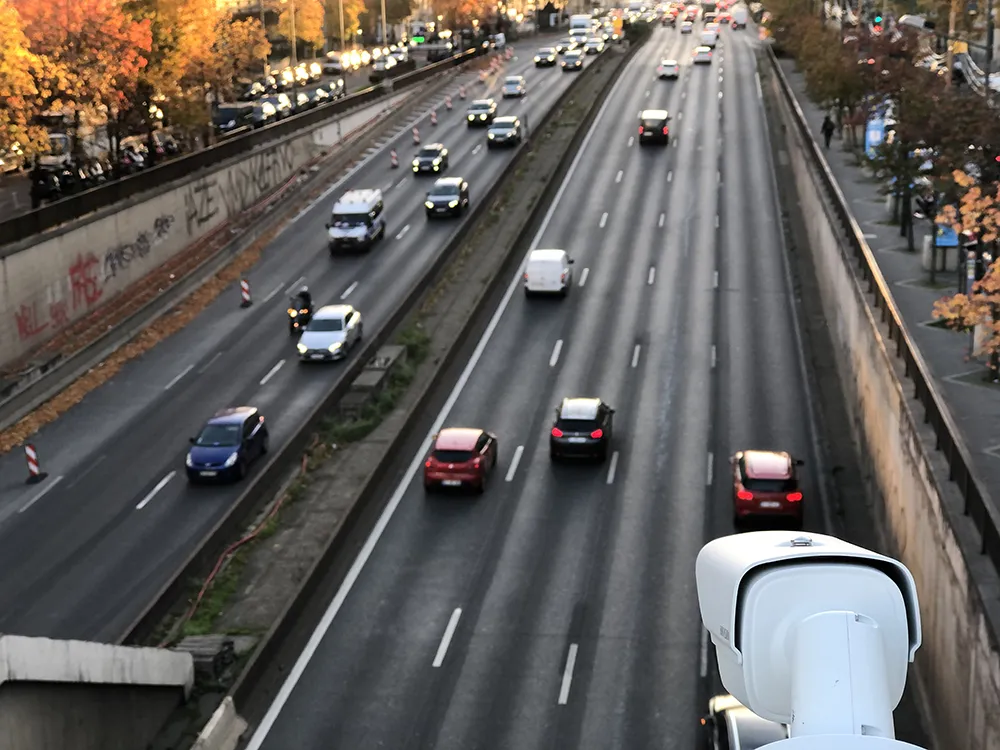The new technology will give MTS the ability to better manage its light rail fleet and efficiently plan service making the most use of their resources. With an interface to an existing reporting tool (RideCheckPus), MTS will get statistical data in a user-friendly, full-colour, graphical report making the job of reporting passenger data even easier.
Besides the incomparable high counting accuracy of the INIT system, an important fact for MTS is that their drivers do not have to log on and off as they would with other system concepts. Due to a sophisticated data matching software called “Data Validation Module (DVM)”, the recorded vehicle data is recorded based upon the GPS coordinates with the nominal route and scheduling data. The data from the vehicle contains GPS data, passenger counting data and time-stamps.
The contract between San Diego MTS and INIT is worth 1.4 million dollars and includes the option of equipping an additional 14 light rail vehicles in the future.









